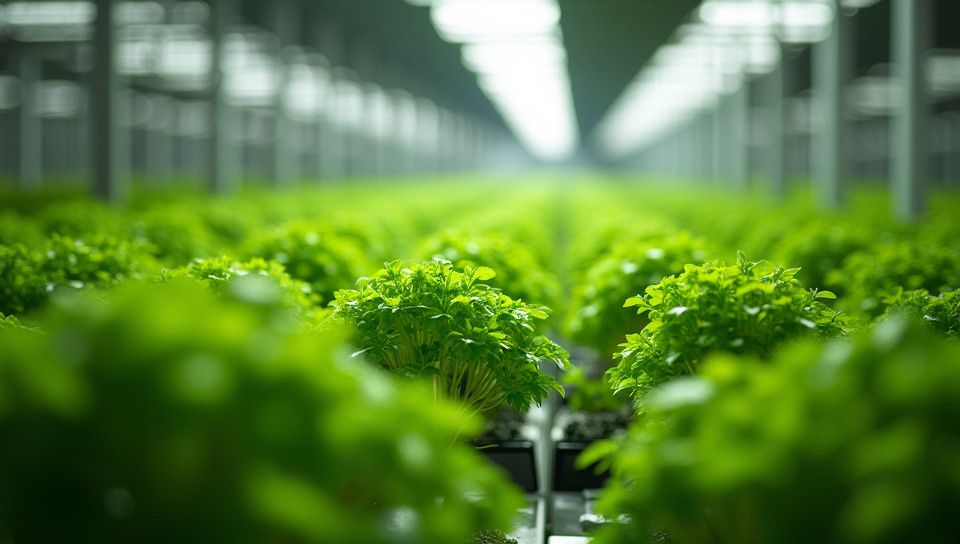Plants grown with hydroponics require more light 55%

The Brighter Truth About Hydroponics: Why Plants Grown This Way Need More Light
As we continue to push the boundaries of sustainable agriculture, hydroponics has emerged as a game-changing method for growing plants without soil. By providing essential nutrients directly to the roots, hydroponics allows for increased crop yields and reduced water consumption. However, there's a lesser-known secret that can make or break the success of hydroponic systems: lighting.
Understanding Hydroponics
Hydroponics is a type of soilless cultivation where plants are fed a balanced diet of nutrients through a nutrient-rich solution rather than traditional soil. This method allows for precise control over the amount of nutrients and water provided to each plant, leading to faster growth rates and higher yields. Hydroponic systems can be set up indoors or outdoors, making it an ideal choice for urban farmers, hobbyists, and researchers alike.
The Importance of Light in Hydroponics
While hydroponics eliminates the need for soil, plants still require adequate light to undergo photosynthesis – the process by which they convert sunlight into energy. In traditional soil-based cultivation, roots absorb water and nutrients from the surrounding soil while also receiving support from neighboring soil particles. In contrast, hydroponic systems rely on a controlled environment where plants are often grown in close proximity to each other.
This increased density can lead to a phenomenon known as "light competition," where plants struggle to receive sufficient light to undergo photosynthesis. As a result, plants grown with hydroponics may require more intense or longer periods of lighting to thrive.
Characteristics of Plants Grown with Hydroponics
Plants grown using hydroponic systems exhibit unique characteristics that can impact their light requirements:
- Higher growth rates
- Increased density
- Enhanced root development
- Greater susceptibility to disease and pests
These characteristics necessitate a more tailored approach to lighting, taking into account the specific needs of each plant variety.
Maximizing Light for Hydroponics Success
To overcome the challenges associated with light competition in hydroponic systems, growers can employ several strategies:
- Increase light intensity: Upgrade to high-intensity LED grow lights or increase the number of lamps per plant.
- Lengthen photoperiods: Extend the duration of daylight hours for plants to receive more light energy.
- Optimize spacing: Adjust plant density and spacing to ensure adequate air circulation and access to light.
- Monitor plant health: Regularly inspect plants for signs of stress or disease, adjusting lighting strategies as needed.
Conclusion
As hydroponics continues to revolutionize the way we grow plants, it's essential to acknowledge the critical role of light in determining success. By understanding the unique challenges associated with hydroponic systems and implementing tailored lighting strategies, growers can unlock their full potential and cultivate healthier, more productive crops. Whether you're an experienced horticulturist or a beginner in the world of hydroponics, embracing the importance of light will be the key to unlocking a brighter future for your plants – and your business.
- Created by: Maria Ortiz
- Created at: Feb. 1, 2025, 3:15 p.m.
- ID: 19870

